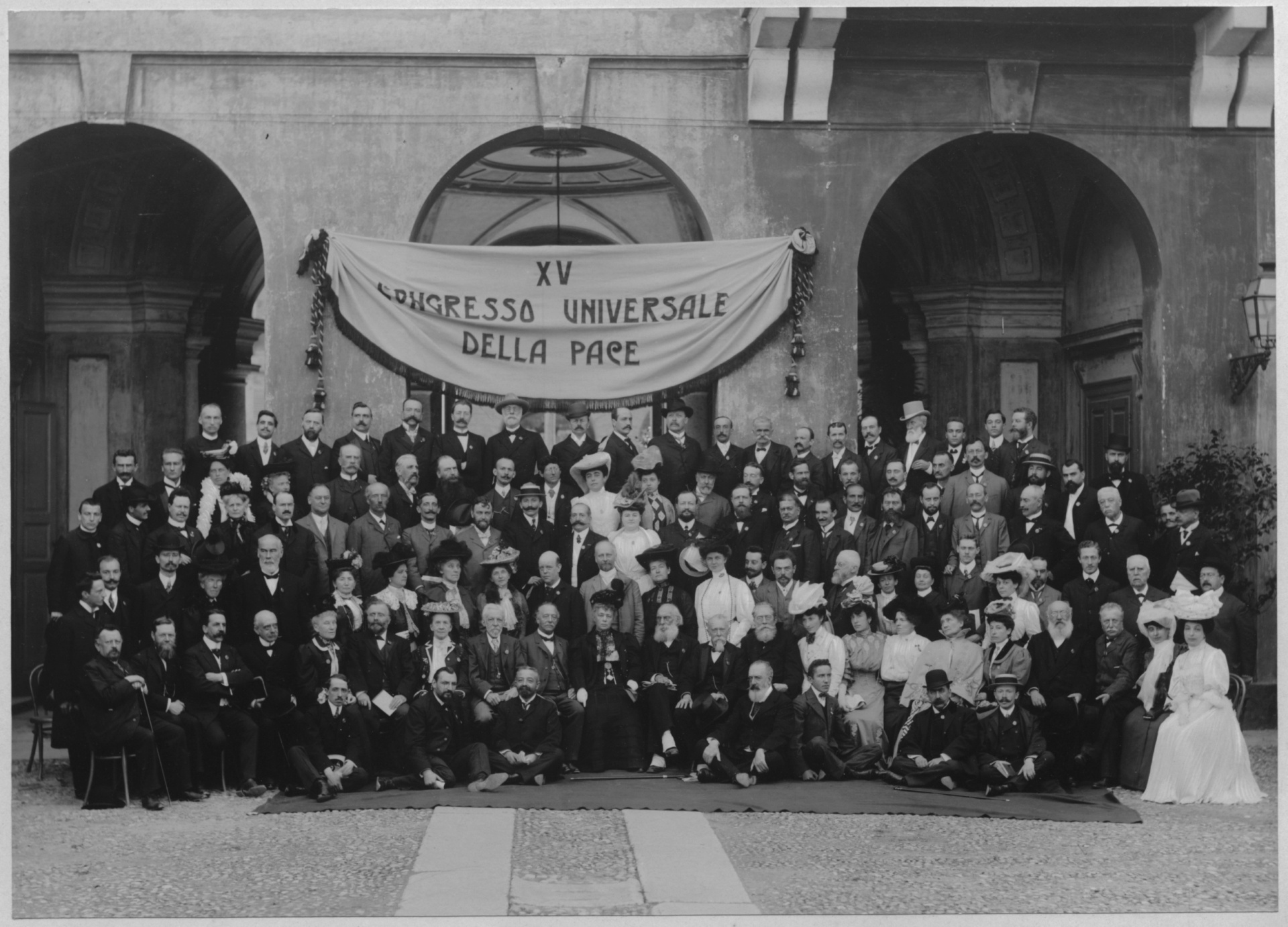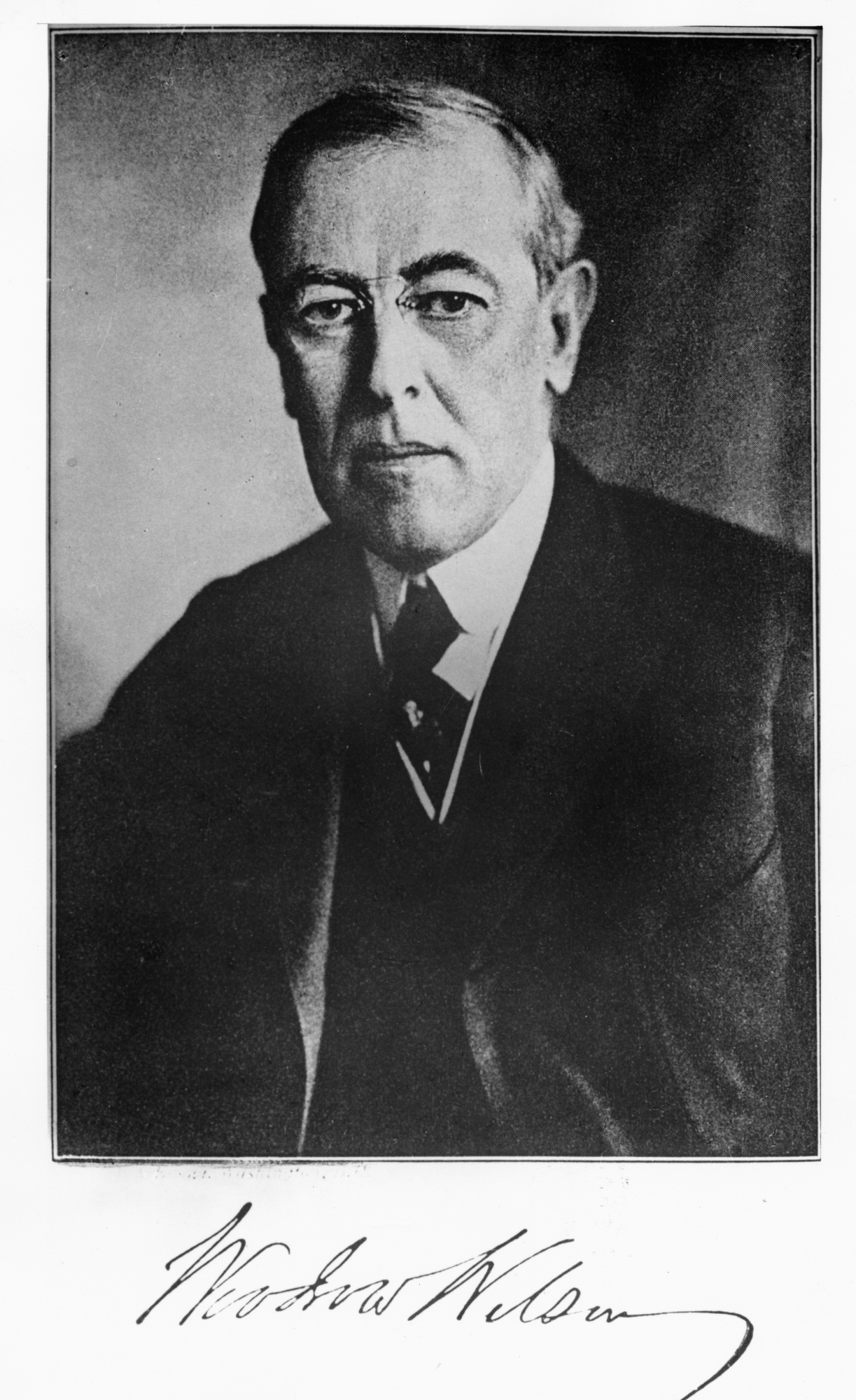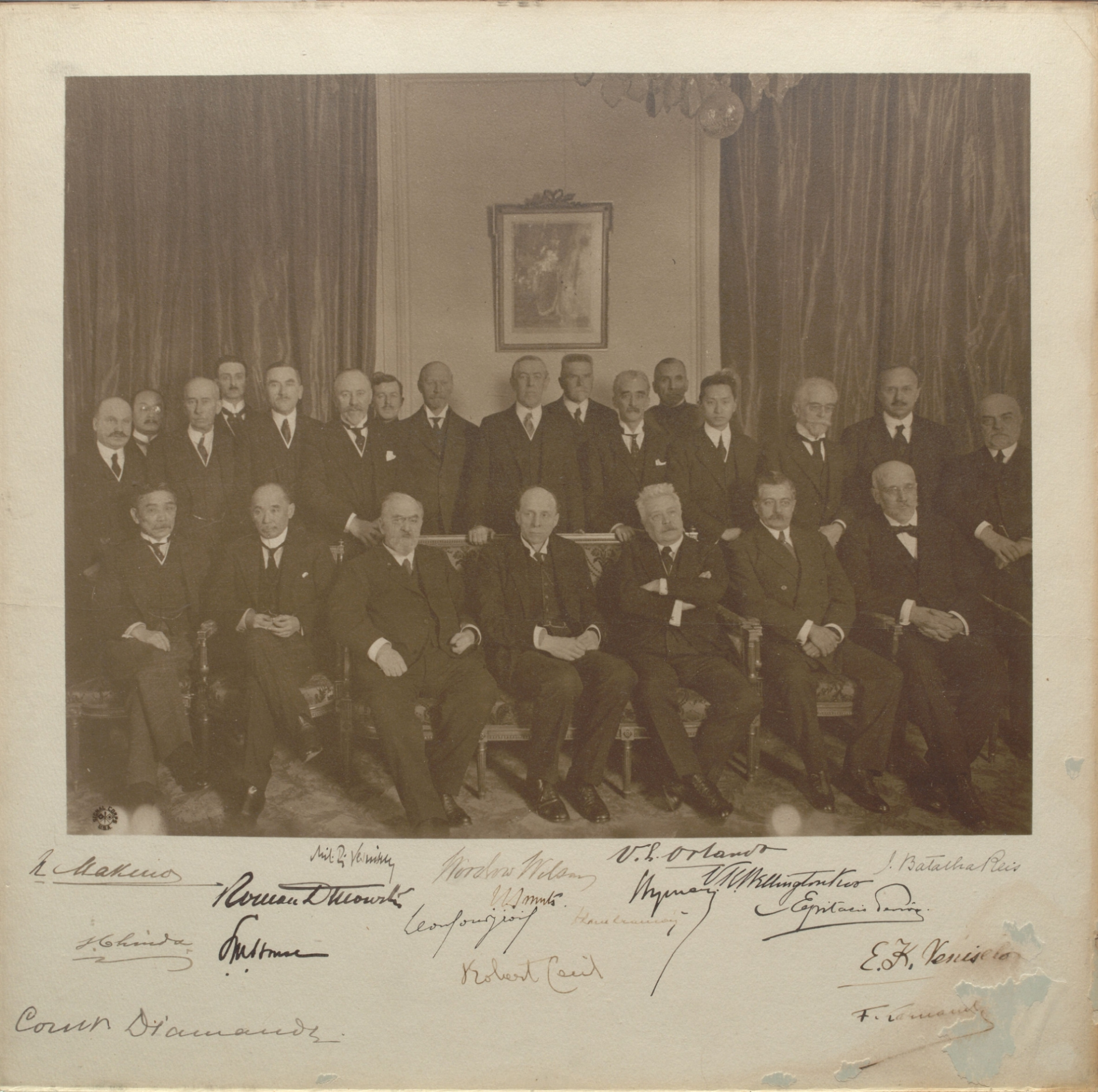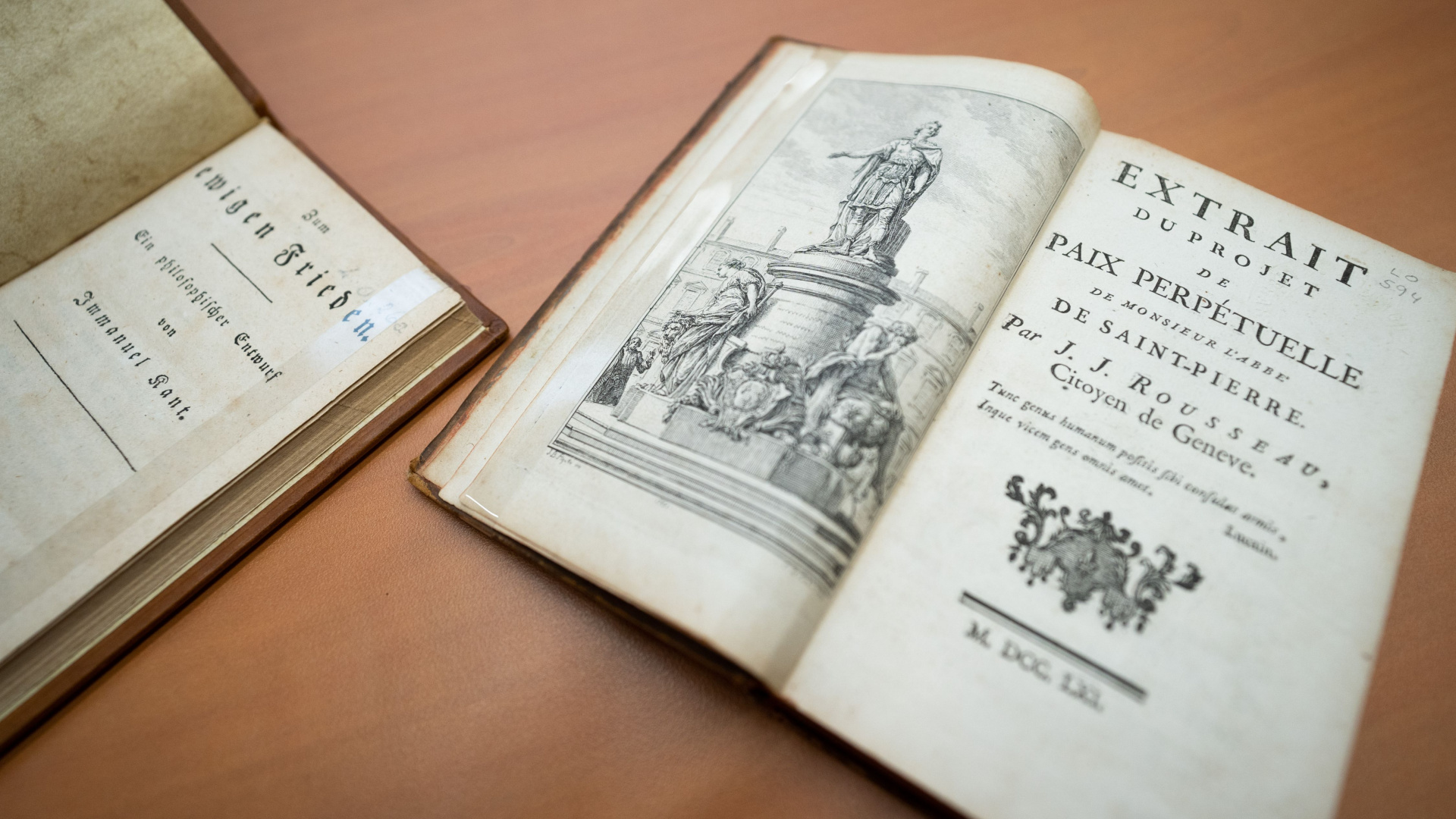
Breadcrumb
- تمت ترجمة هذه الصفحة باستخدام الترجمة الآلية. اقرأ المزيد.
زيادة التنسيق عبر الحدود
خلال القرن التاسع عشر ، أدت تطورات مختلفة إلى تكثيف التفاعلات بين الدول وساهمت في تقدم هذه الأفكار.
من منظور سياسي، غالبًا ما يُعتبر "الوفاق الأوروبي " الذي انبثق عن مؤتمر فيينا خطوة مهمة في تطور التعاون المتعدد الأطراف. فهو يشير إلى نظام التشاور غير الرسمي بين القوى الأوروبية العظمى الذي ظهر إلى الوجود بعد الغزو النابليونى. الحروب، وارتكزت على تنظيم المؤتمرات الدولية، وجعلت الحكومات معتادة على ممارسة الاجتماعات رفيعة المستوى قبل اندلاع الصراعات.
وفي الوقت نفسه، دفعت التطورات التقنية والعلمية التي أحدثتها الثورة الصناعية الدول إلى زيادة تعاونها. تم إنشاء الإدارات الدولية الأولى بسبب تحسن الاتصالات والتبادل الاقتصادي. وعلى الرغم من إنشاء المنظمات الدولية الأولى – اللجنة المركزية للملاحة على نهر الراين (1815) ولجنة الدانوب (1856) – لتنظيم الملاحة النهرية، إلا أن الاتحاد الدولي للبرق (1865)، والمكتب الدولي للأوزان والمقاييس (1875) ) ، والاتحاد البريدي العالمي (1878) يوضحان الحاجة إلى تدويل القواعد في مجال التعاون الفني.

حركة السلام تنمو
شهد النصف الثاني من القرن التاسع عشر أيضًا ظهور الحركة السلمية الدولية. وفي نهاية القرن، كان لدى بعض الدول عشرات، أو حتى مئات، الجمعيات أو الجمعيات الوطنية لتعزيز السلام. وعلى الرغم من أنهم أيدوا أساليب مختلفة لتحقيق السلام الدائم، إلا أنهم جميعا رأوا الحاجة إلى التنظيم في النظم الدولية. أدت الاتصالات بين مجموعات السلام الوطنية إلى إنشاء مكتب السلام الدولي (IPB) في عام 1891. وكان المكتب الدولي للسلام بمثابة "اتحاد" وأشرف على تنظيم المؤتمرات الدولية التي قامت بتنسيق عمل الحركات الوطنية.
وفي العقد الأخير من القرن التاسع عشر ، زاد الاهتمام بالتحكيم كوسيلة لمنع الحروب. الاتحاد البرلماني الدولي (IPU)، الذي تأسس عام 1889 على يد ويليام راندال كريمر وفريديريك باسي، يهدف إلى تسهيل الاتصالات بين أعضاء البرلمانات من مختلف البلدان لتعزيز التحكيم والسلام الدوليين.
مؤتمرات لاهاي التي عقدت في عامي 1899 و1907 غالبا ما تعتبر المحاولات الأولى لإنشاء آليات دولية للتسوية السلمية للنزاعات. اعتمد مؤتمر عام 1899 اتفاقية التسوية السلمية للمنازعات الدولية، التي أنشأت محكمة التحكيم الدائمة. وحضر مؤتمر عام 1907 44 دولة، وهو ما يمثل الغالبية العظمى من الدول التي كانت موجودة في ذلك الوقت، وأدى إلى اعتماد مبدأ التحكيم الإلزامي.
الحرب العالمية الأولى (1914-1918)

لقد أثبتت وحشية الحرب بشكل مقنع أن هناك حاجة إلى منظمة دولية للحفاظ على السلام. ومن ثم، اكتسبت فكرة عصبة الأمم الدعم تدريجيًا بين الأفراد والمنظمات خلال الصراع. قامت شخصيات ومجموعات وجمعيات مختلفة - مثل جمعية فابيان أو مجموعة برايس في بريطانيا العظمى، ورابطة حقوق الإنسان في فرنسا، ورابطة فرض السلام في الولايات المتحدة - بالترويج لهذا المفهوم. كما تم تعميم مخططات مختلفة في بلدان أخرى، مثل هولندا وإيطاليا وألمانيا والنمسا.
ومع ذلك، فإن المبادرة الأكثر تأثيرا قدمها الرئيس الأمريكي وودرو ويلسون: ففي خطابه "النقاط الأربع عشرة"، الذي ألقاه في الثامن من يناير/كانون الثاني 1918، دعا ويلسون إلى إقامة تسوية سلمية تقوم على الدبلوماسية المفتوحة، وحرية الملاحة، والتجارة الحرة، ونزع السلاح. وكانت نقطته الأخيرة هي تشكيل "رابطة عامة للأمم". لم تكن هذه الأفكار جديدة، ولكن بدعم مفتوح من الرئيس الأمريكي، أصبح إنشاء عصبة الأمم أولوية سياسية.
عندما انتهت الأعمال العدائية، كانت عصبة الأمم جزءًا لا يتجزأ من أجندة ويلسون عندما عبر المحيط الأطلسي للمشاركة في مؤتمر باريس للسلام. وكان قادة القوى المنتصرة الأخرى أكثر حذرا بشأن المشروع. إلا أن العديد منهم شكلوا لجاناً حكومية خاصة لدراسة الموضوع. إن إنشاء منظمة لتجنب الحرب لم يعد يعتبر حلما طوباويا، بل أصبح ضرورة.
صياغة العهد
وفي عام 1919، اجتمعت القوى المنتصرة في باريس للتفاوض على تسويات السلام. وقد تم اعتماد العهد خلال مؤتمر باريس للسلام. لم تكن الوثيقة التأسيسية للعصبة معاهدة دولية في حد ذاتها. وقد تم تضمينها في معاهدة فرساي التي أنهت حالة الحرب بين ألمانيا ودول الحلفاء، وجميع معاهدات السلام الأخرى الموقعة في العاصمة الفرنسية.
تمت صياغة الميثاق من قبل لجنة مخصصة، تتألف من 18 عضواً (من 13 وفداً)، وترأسها الرئيس الأمريكي وودرو ويلسون. كان ويلسون مؤيدًا قويًا لعصبة الأمم ولعب دورًا رئيسيًا خلال المفاوضات في باريس. ومع ذلك، ضمت «لجنة عصبة الأمم» أيضًا مروّجين متحمسين آخرين للعصبة. في الوفد الفرنسي، كان ليون بورجوا بالفعل أحد أبطال مؤتمري لاهاي الذي عقد في عامي 1899 و1907 ونشر كتاب "من أجل مجتمع الأمم" في عام 1909. وفي عام 1920، حصل بورجوا على جائزة نوبل للسلام، بالاشتراك مع وودرو ويلسون. .
وفي الوفد البريطاني، كان اللورد روبرت سيسيل قد عمم بالفعل خطة لإنشاء منظمة دولية للحفاظ على السلام عندما كان عضوا في مجلس الوزراء البريطاني في عام 1916. وكان الممثل الآخر للإمبراطورية البريطانية، جان سموتس، مؤلف كتاب كتيب مؤثر بعنوان "عصبة الأمم: اقتراح عملي"، نُشر في ديسمبر 1918. وأصبح أعضاء آخرون في اللجنة أبطالًا لعمل العصبة في السنوات التالية، مثل بول هيمانز، وإبيتاسيو بيسوا، وويلنجتون كو، وفيتوريو سيالوجا، الفيكونت تشيندا والفثيريوس فينيزيلوس .
بدأ عمل اللجنة في يناير 1919، وتم اعتماد العهد في 28 أبريل 1919. وكانت المفاوضات متوترة في بعض الأحيان، ونتج هيكل المنظمة الجديدة عن سلسلة من التنازلات.
رسميًا، بدأت عصبة الأمم أنشطتها في 10 يناير 1920، عندما دخلت معاهدة فرساي حيز التنفيذ. على الرغم من أن ويلسون لعب دورًا محوريًا في عملية إنشاء عصبة الأمم، إلا أنه لم يتمكن من تأمين الأغلبية اللازمة في مجلس الشيوخ الأمريكي للتصديق على معاهدة فرساي. وفي النهاية، لم تنضم الولايات المتحدة قط إلى المنظمة.


